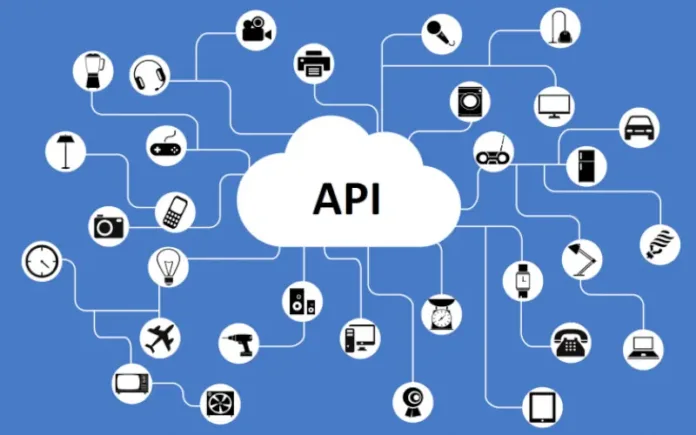In the current digital environment, including outside data into your website can greatly improve its usability and functionality. Application Programming Interfaces, or APIs, let web developers to easily link their websites to outside services and data sources. This article examines how web development firms employ some of the most widely used programming languages in the business to incorporate external data and uncover strong capabilities through APIs.
What are APIs and Their Benefits?
A bridge between several software programs, APIs allow them to exchange data and communicate. They offer guidelines and procedures for obtaining outside information and services. Real-time data integration, website functionality enhancement, and increased user engagement are just a few of the many advantages that APIs provide web development companies. APIs enable developers to include social network feeds, weather updates, and payment gateways into their websites.
Selecting the Optimal API
Reaching your intended results depends on choosing the right API. Web Development Company must assess APIs according to their usability, dependability, and simplicity of integration. Popular APIs that give access to a ton of data and services are those from Google, Facebook, and Twitter. Furthermore useful for specialist websites are industry-specific APIs, such those for banking or e-commerce. The best API to integrate will depend on your website’s particular requirements.
Integrating APIs with the Most Used Programming Languages
Using several of the most popular programming languages in web development—JavaScript, Python, and PHP—is common when integrating APIs. Robust frameworks and libraries are offered by these languages for API integration. Web applications frequently make API requests using JavaScript, for example, and its adaptable libraries like Axios and Fetch. Popular for its readability and simplicity, Python provides strong libraries like Requests for integrating APIs. A mainstay of web development, PHP has API interaction built right in. API integration that works requires knowledge of these languages and their capabilities.
Improving User Experience with Timely Data
Giving users real-time updates is one of the main benefits of integrating outside data via APIs. APIs allow web development firms to provide current information straight on their websites, like market prices, news updates, and sports scores. User involvement is increased and insightful information is gained from this real-time data. APIs can be used, for instance, by an e-commerce website to display live inventory levels and by a travel website to show real-time flight information, therefore enhancing the customer experience.
Ensuring Security and Reliability
Integrating outside data into your website raises serious security issues. Web development firms need to be sure the APIs they use are dependable and safe. This is safeguarding private information and limiting unwanted access with the use of safe authentication techniques like OAuth. To guarantee a seamless user experience, developers should also routinely track API performance and gently resolve issues. Selecting respectable, thoroughly documented APIs can also help reduce security threats and provide dependable data integration.
Case Studies: Successful API Integrations
Numerous popular websites have improved their features and user experiences by using APIs. For example, Airbnb offers dynamic maps and thorough location information to users through the Google Maps API. Similar seamless sharing of music tastes and playlists is made possible by Spotify’s connection with several social media APIs. These case studies demonstrate how APIs may change websites and give users rich, engaging experiences.
Conclusion: Harnessing the Power of APIs
Today’s web development depends on APIs being fully utilized. Web development firms can improve user interaction, provide new features, and offer real-time updates by integrating outside data. Critical phases in this process are knowing how to select the appropriate API, integrating it with the most used programming languages, and guaranteeing security and dependability. Developers who embrace API features can build dynamic, interactive websites that satisfy users’ always changing
